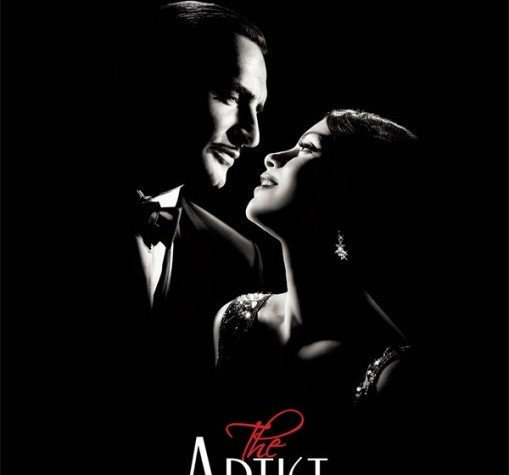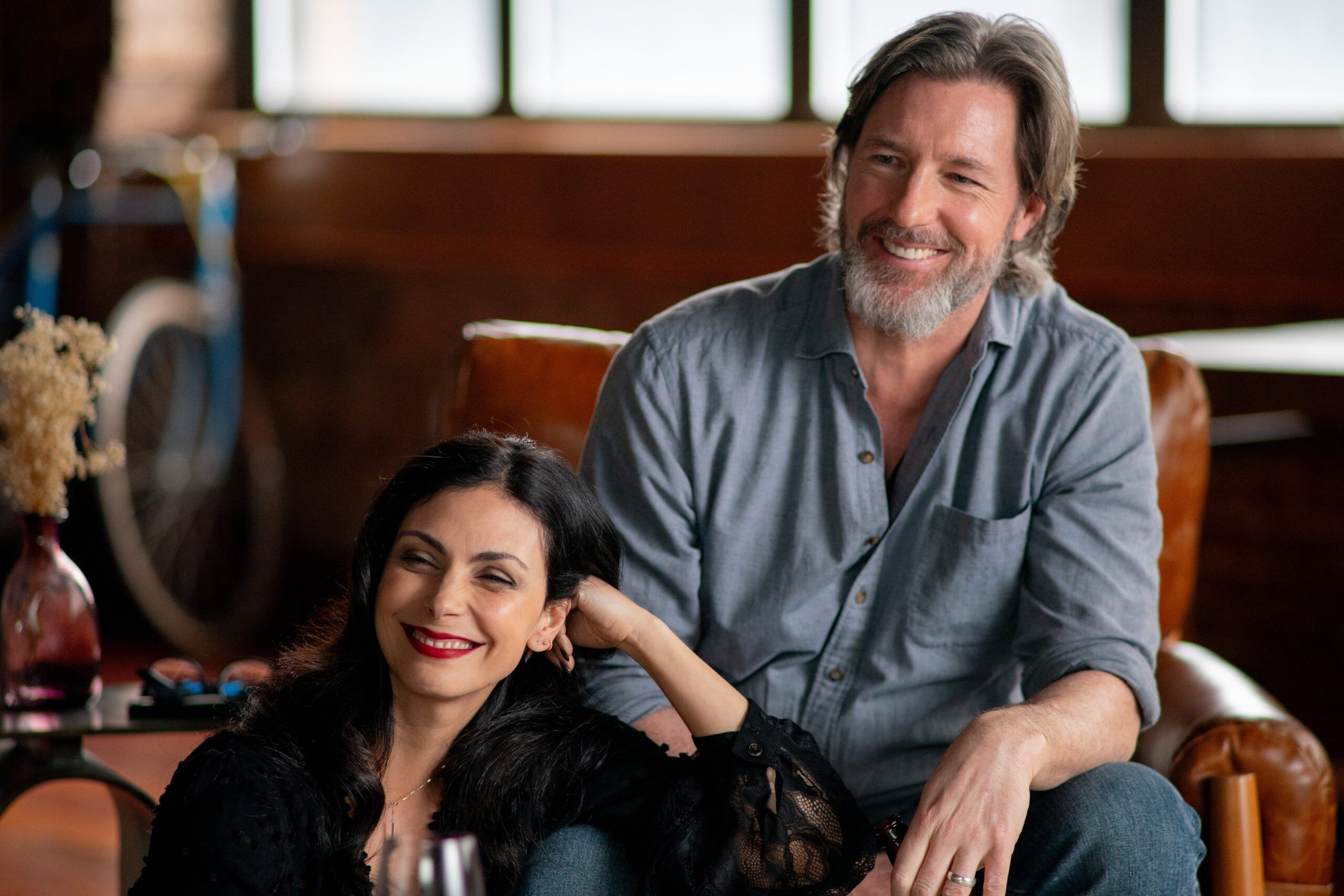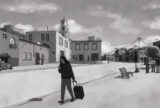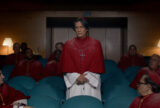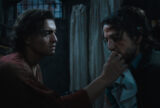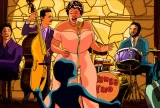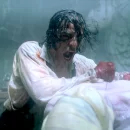11.28.2011 | By Jack Rico |


Are you sure no one pressed mute on the audio system when the movie was playing? Wait, are you telling me this is a brand new silent film for 2011? So you’re sure this is not a lost film retrieved by some film historian who restored it to its lustrous beauty for a Thanksgiving release? These are questions I’m sure some asked when they saw the trailer to ‘The Artist’, a newly created silent film for the modern era, cooked in the tradition of Douglas Fairbanks’ films. Ironically enough, this homage to yesteryear, could bring home the Oscar for Best Picture. At least it has legs to compete for it. But does it deserve it? No.
But before I get into the reasons it won’t win, it’s good to know what this movie is all about. Set during the twilight of Hollywood’s silent era, ‘The Artist’ tells the story of a charismatic movie star unhappily confronting the new world of talking pictures. The year is 1927, Hollywood. George Valentin (Jean Dujardin) is one of Hollywood’s reigning silent screen idols, instantly recognizable with his slim moustache and signature white tie and tails. Starring in exotic tales of intrigue and derring-do, the actor has turned out hit after hit for Kinograph, the studio run by cigar-chomping mogul Al Zimmer (John Goodman). His success has brought him an elegant mansion and an equally elegant wife, Doris (Penelope Ann Miller). Chauffeured to the studio each day by his devoted driver Clifton (James Cromwell), George is greeted by his own smiling image, emblazoned on the posters prominently placed throughout the Kinograph lot. As he happily mugs for rapturous fans and reporters at his latest film premiere, George is a man indistinguishable from his persona — and a star secure in his future. For young dancer Peppy Miller (Bérénice Bejo), the future will be what she makes of it. Vivacious and good-humored, with an incandescent smile and a flapper’s ease of movement, Peppy first crosses George’s path at his film premiere and then as an extra on his latest film at Kinograph. As they film a brief dance sequence, the leading man and the newcomer fall into a natural rhythm, the machinery of moviemaking fading into the background. But the day must finally end, sending the matinee idol and the eager hopeful back to their respective places on the Hollywood ladder. And Hollywood itself will soon fall under sway of a captivating new starlet: talking pictures. George wants no part of the new technology, scorning the talkie as a vulgar fad destined for the dustbin. By 1929, Kinograph is preparing to cease all silent film production and George faces a choice: embrace sound, like the rising young star Peppy Miller; or risk a slide into obscurity.
I will give credit to French director Michel Hazanavicius, known internationally for the spy spoof comedies ‘OSS 117’ also starring Jean Dujardin, for bringing back an obsolete format and creating an exceptional and refreshing piece of cinema. But ultimately, the principal reason it won’t win Best Picture is because his screenplay wasn’t “mind-blowingly” enthralling. It was a good predictable story without enough pounce to place it in a league of its own. If one were to compare this film against the preeminent work of the era, it will pale in comparison. After the first half hour, the novelty wears off and you’re hoping it won’t be just another silent film, but have a contemporary twist that separates it from the rest. You expect it to delve dramatically deeper than Chaplin’s ‘The Kid’ or funnier than Keaton’s ‘The General’, but it never reaches those heights. Now, compared against today’s Hollywood fare, ‘The Artist’ has a much better chance to stand out and be a heavyweight contender. But can you really give the Best Picture prize to a film just on novelty? I would hate to think the Oscar committee is that easy. The Best Picture of the year has to be a movie that excels in every single aspect of its process. One that is indubitably the preeminent work of the year. Does ‘The Artist’ really stand above the rest? In my opinion, no, but at the time of writing this review, I have yet to see ‘War Horse’, ‘The Iron Lady’ and ‘Extremely Loud and Incredibly Close’. Those might end up being disappointments, but I expect the best will come out of the aforementioned three. I’ll update this post periodically as I see them.
Where the film has strength is in the acting of its protagonist Jean Dujardin. He is one of the most charming men I’ve seen on screen, period. He is a lock for a Best Actor nomination, and even a win. Regrettably, his co-star Bérenice Bejo has much to be desired. Even Uggie the Dog was wonderful. Hazanavicius, for his part, should be rewarded with a directorial nomination since pulling off a film of this magnitude couldn’t have been easy. Then we must look at Guillaume Schiffman’s cinematographer work which is some of the finest of 2011.
The experience of watching this film begins with frantic curiosity, then a battle of patience as one slowly goes into a period of adjustment due to the lack of dialogue. ‘The Artist’ is a sensorial film; the fact that there is no text brings you back to a basic way of telling a story that only works on the feelings you have created. It can be very rewarding for those in search of something “new” and “unusual”.
‘The Artist’ is a real good mix of comedy, romance and melodrama presented in the composition of a silent film. But come to think of it, could it be that its most distinctive attribute is its subliminal message that the past can still provide better cinema than the rest of today’s best 3D, IMAX offerings? A win will surely leave more than one studio executive lurching in utter silence.
Rated: PG-13 for a disturbing image and a crude gesture
Release Date: 2011-11-23
Screenplay: Michel Hazanavicius
Official Website: http://www.warnerbros.fr/the-artist

